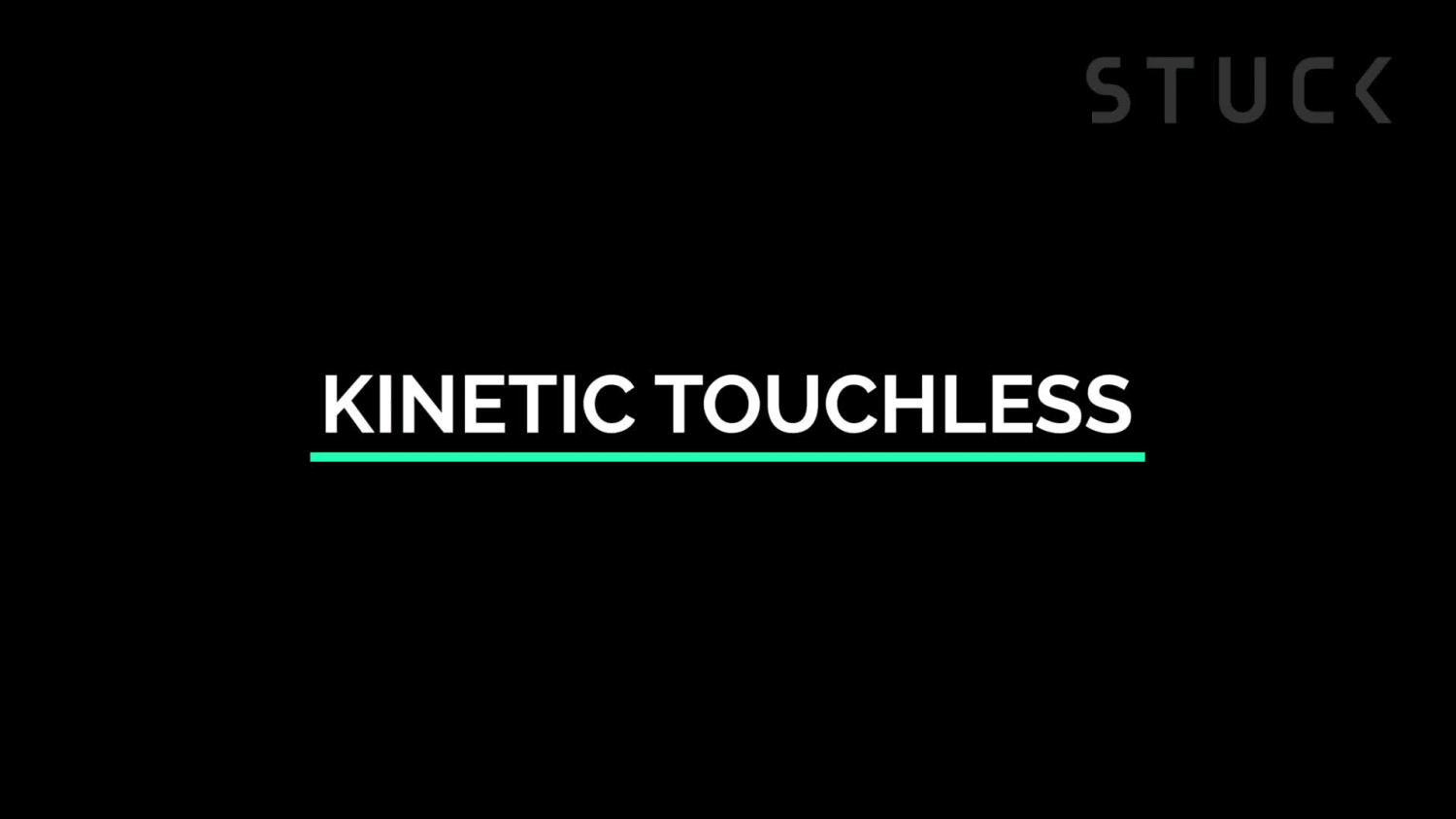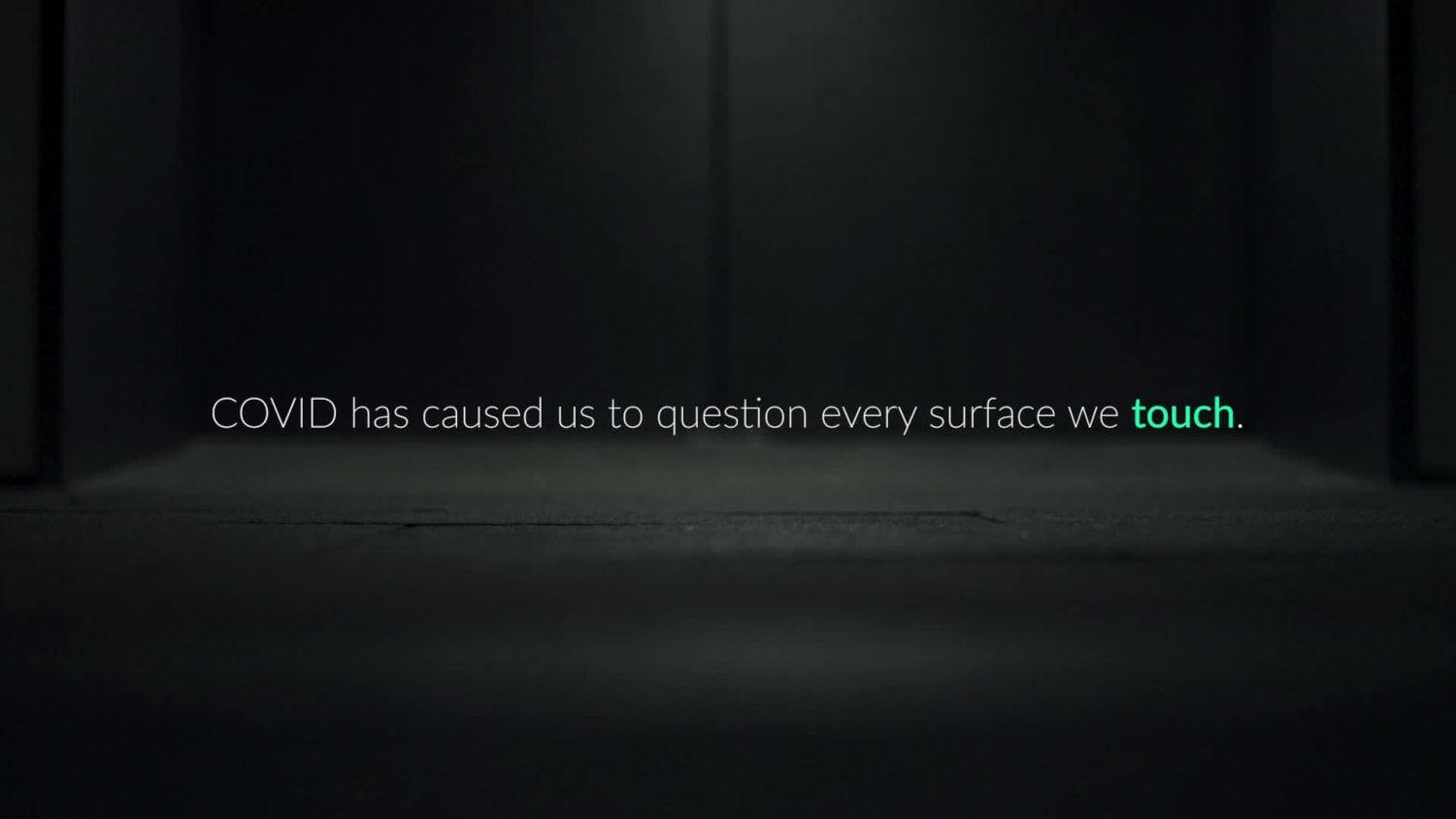Tell us about the genesis of the Kinetic Touchless button, which you’ve used to develop a prototype for touchless elevator buttons that light up when a finger hovers and sinks in as if pressed when the finger gets closer. Did the idea come as a result of the pandemic?
I think it came slightly before. Even when you create something that serves you at a distance, maybe it should react as if you’re touching it.
To be honest, the lift button isn’t the best place to implement it. You would need 18 to 20 Kinetic Touchless buttons in each lift—it’s not very efficient. But it’s the best example to deliver the message.
A better example would be to apply this tech to automated sliding doors. The door slides as far as your hand moves and only that far. You open only as much as you need to get out and you can save on air conditioning.
In retail, when you have a contactless dispenser, you can put your hand under it, but you can’t estimate when it will spurt on your hand or how much.
In public bathrooms, you have contactless faucets and it’s the same thing. You put out your hand and you wait. You can’t control water flow or temperature.
Now what if we had a lighted display that rotates and mimics mechanical motion beyond a beep or on-off.
How do you get back some more of this tactility when the world is going towards more touchless? Human beings still crave that tactility. Or we start to feel that things are quite dry.
We are interested in that in-between state, the anticipation state and also the sense of magnitude.
We have five senses: sight, smell, sound, taste and touch. When you take away one—touch—do you have to replace it with another?
The more senses you can activate, the better.
In products that are well-designed, a lot of attention is paid to this. How does an Apple laptop sound when you close it? How does the door of a BMW sound when you close it?
With good design, you don’t see it. But you realize when something is missing.
In a pandemic situation, you tend to rush to solutions that plug the urgent problems. After the rush, you will see better implementation. Not just erecting the barricades needed, but the barricades becoming nicer, more relatable.




